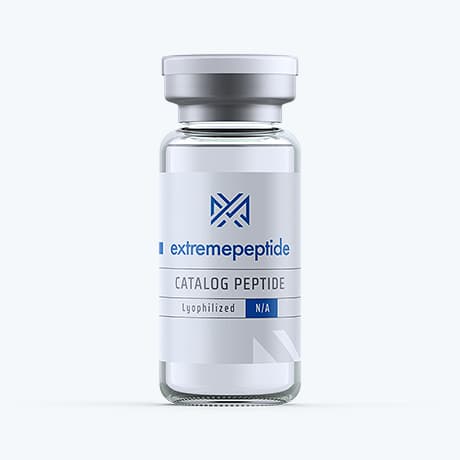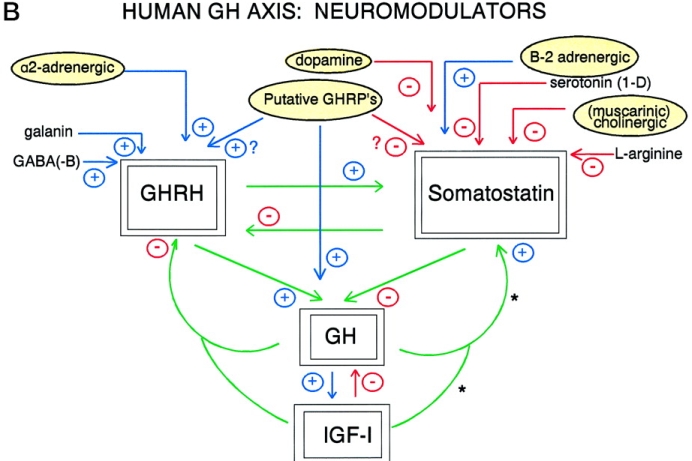(Click here to read our disclaimer)

AICAR is capable of both inhibiting and stimulating a variety of proteins which offers a variety of applications in natural environments. The research of AICAR is also attempting to determine the specific pathways that these synthesis inhibitors travel to better understand how the chemical would behave when introduced to a natural environment.
To date these experiments have been performed on rats which somewhat limit the available data, though ongoing experiments are making more data available.
Mechanisms of the Chemical
AICAR stimulates AMP-dependent protein kinase that was first produced in the 1980s.
- When applied, AICAR enhances the rate of re-synthesis of nucleotide which will in turn increase the adenosine from adenosine monophosphate conditions in the myocardial ischemia.
- AICAR is typically used to stimulate protein kinase in a natural environment. The effects of this stimulation appear to be dependent on the amount of the chemical that has been applied to the given environment.
- Studies are currently investigating the impacts of AICAR on glucose.
In studies performed on rats, cyanide-stimulated glucose was controlled by this process, though the necessary applications to control basal insulin-glucose uptake has not yet been discovered in laboratory settings.
Uses and Research
Research has led to the belief that AICAR could be used as an inhibitor that can affect adenosine deaminase and adenosine kinase.
- Research is currently investigating the potential benefits of using AICAR to control kinase activity in skeletal muscles. Studies in the skeletal tissues of rats currently imply that AICAR can control these processes without activating additional kinetic processes.
- Because the effects of AICAR are largely concentrated, it may be able to reduce inflammation from triggers such as nitric oxide synthase. This includes circumstances where AICAR was applied to multiple areas of skeletal tissue in the given test subject simultaneously. Data on how these chemicals may interact with tissues other than those of rats is not presently available.
Much of the research surrounding the potential effects of AICAR is performed in order to compare the effects of this chemical compared to AMPK or adenosine monophosphate activated protein kinase. This natural enzyme made from three proteins is key to providing cells with energy homeostasis. Presently, AICAR is not able to fully control kinases stimulated by natural AMPK in laboratory settings.
Much of the function of AICAR and its interaction with exposed tissues is dependent on the hormone sensitive lipase (HSL) that is in the area where the chemical has been applied, stimulating a variety of kinase processes based on the needs of the natural environment in a given circumstance.
Click here to view the homepage of our store.
Click here to view our entire PDF research library
Click here to view or download this article in PDF format



 The natural occurring base of
The natural occurring base of